9 of the best things to do in Jamaica
This Caribbean island is home to a host of magnificent natural sites, breathtaking beaches and a delightfully laid-back way of life
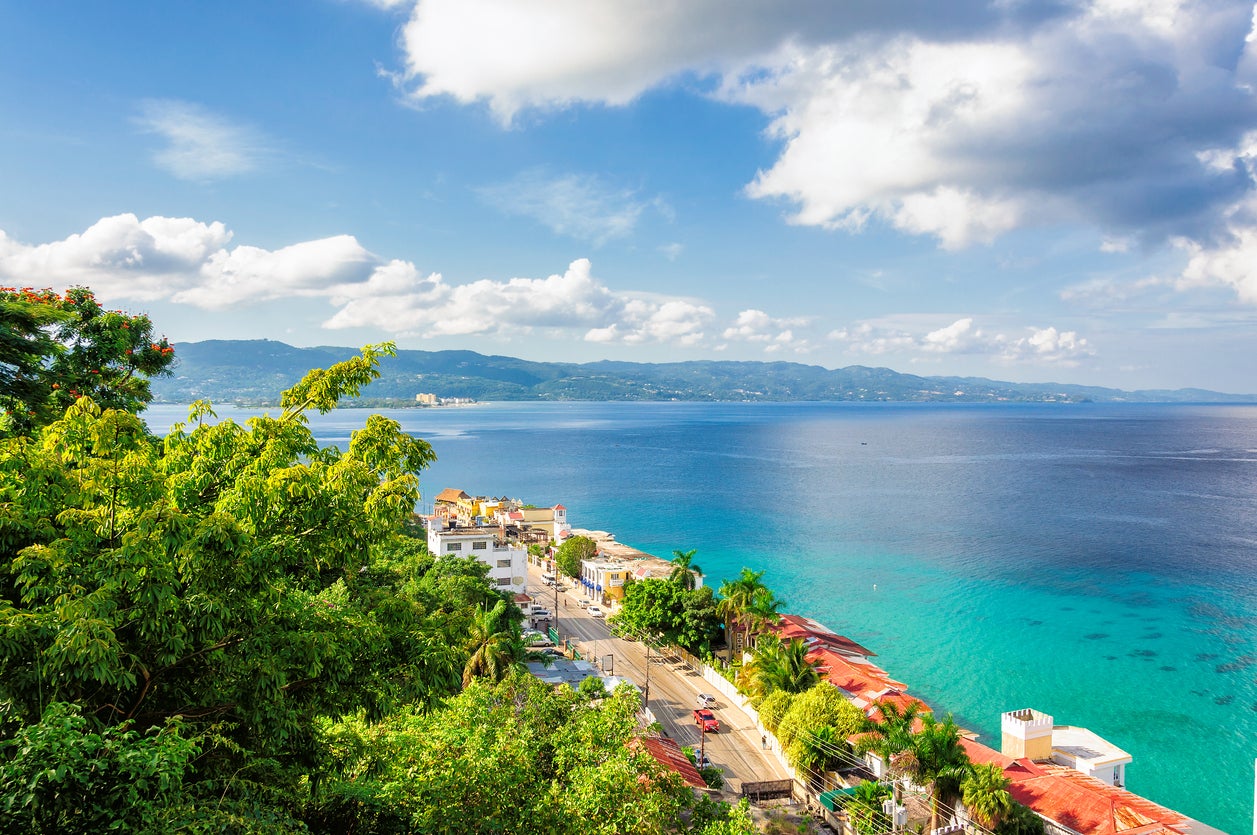
Your support helps us to tell the story
This election is still a dead heat, according to most polls. In a fight with such wafer-thin margins, we need reporters on the ground talking to the people Trump and Harris are courting. Your support allows us to keep sending journalists to the story.
The Independent is trusted by 27 million Americans from across the entire political spectrum every month. Unlike many other quality news outlets, we choose not to lock you out of our reporting and analysis with paywalls. But quality journalism must still be paid for.
Help us keep bring these critical stories to light. Your support makes all the difference.
Jamaica may be best known by tourists for its beach resorts and white sand beaches, but this beautiful Caribbean island offers so much more for the intrepid traveller.
The island’s wealth of natural sights is perhaps its most remarkable feature, with the soft sands and azure waters of its beaches complemented by unique array of inland waterfalls like Dunn’s River Falls, the towering summit of Blue Mountain Peak and the rainforest-fringed waters of the Martha Brae River.
The towns and cities are mesmerising too. The capital, Kingston, acts as the beating heart of the country and its cultural centre, while seaside towns like Ocho Rios or the famed Montego Bay provide a dose of the laid-back Caribbean vibe that Jamaica is renowned for.
In between is a glut of outdoor adventures, cultural activities and Jamaican jewels to discover, from the wonders of Reggae to Jamaica’s culinary exports. Below, we’ve rounded up the best things to do in Jamaica to help you make the most of your visit.
Take a tour of the capital
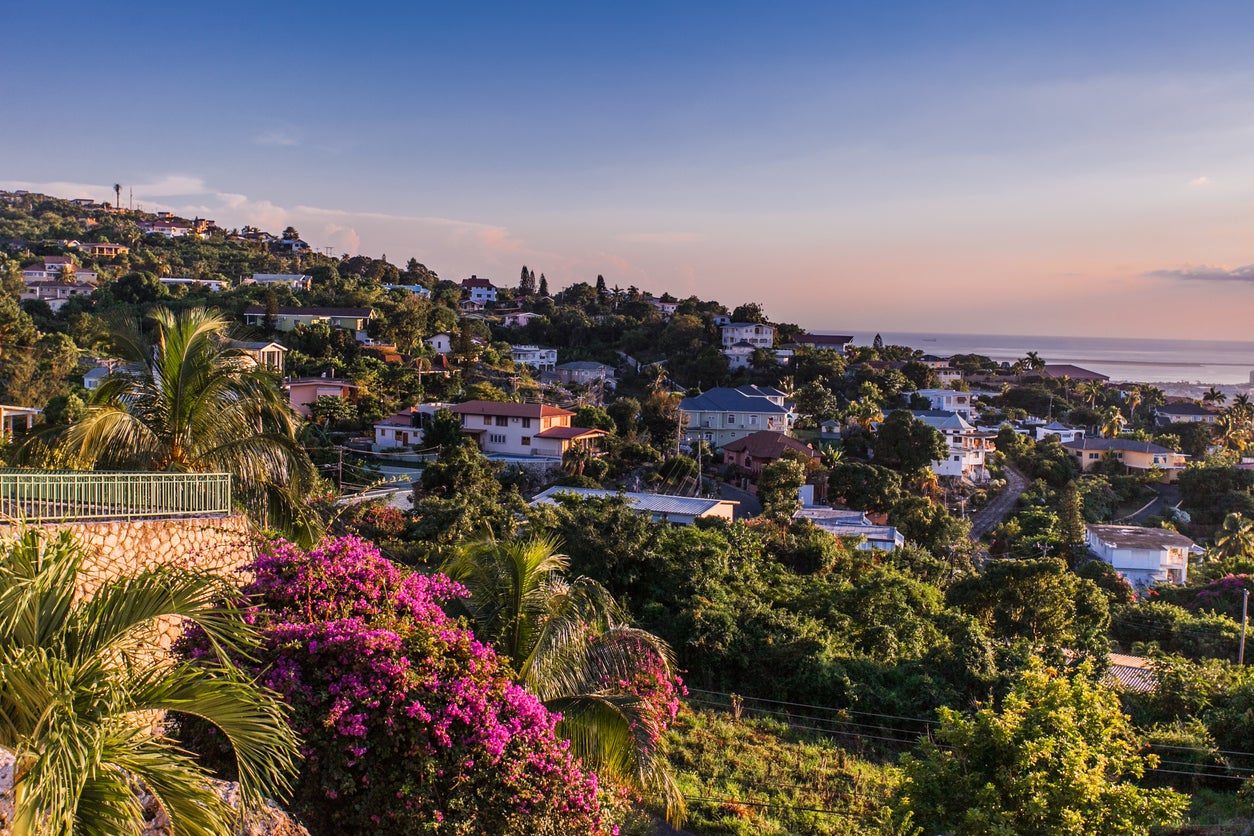
As the capital, Kingston is the ‘centre’ of Jamaica and the cultural heart of the country. It is a stark contrast to the relaxed resorts and tranquil coastline of much of the rest of Jamaica, but its lively energy has provided much of what has made modern Jamaica great, from arts and music to a diverse culinary scene.
Reggae fans will want to start by exploring the life of one of Jamaica’s sons at the Bob Marley Museum (where the artist lived from 1975), while anyone wanting to cover more of Jamaican art and culture should carry on to the National Gallery of Jamaica – showcasing everything from indigenous carvings to 18th-century British works – before finishing at the Devon House estate, home to gardens and a collection of antiques once belonging to George Stiebel, the country’s first Black millionaire.
Other historical sites include the 17th-century Fort Charles and Liberty Halls, the headquarters of one of the founders of Pan-Africanism, Marcus Garvey.
Kingston has earned itself a reputation for high levels of crime, so make sure you plan any trip to the city carefully and avoid areas that are known to be dangerous.
Read more on Caribbean travel:
Visit Ocho Rios
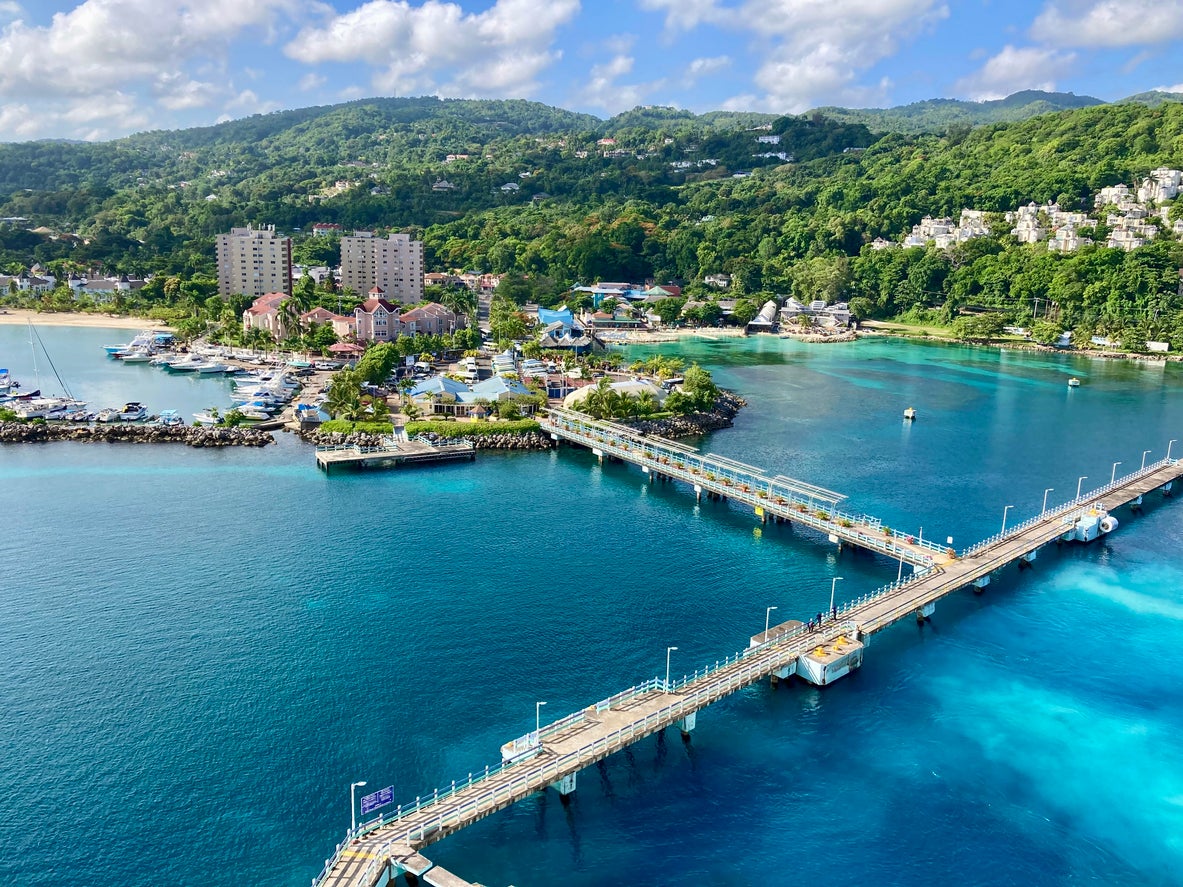
Ocho Rios is one of several seaside resort towns on the island. While Montego Bay and Negril are worth visiting, Ocho Rios is a great place to spend a couple of nights due to the range of interesting sites nearby, as well as a more relaxed, less high-end resort vibe than that of ‘MoBay’.
Dunn’s River Falls, the Blue Hole and Konoko Falls (more on them below) are all within 30 minutes’ drive, while locals and tourists alike mix at some ofJamaica’s best beaches, including Mahogany Beach, Fisherman’s Beach and Ocho Rios Bay. There’s plenty of character to the town itself too though, from the stalls of the Craft Market or Island Village to the tropical gardens of Shaw Park. The Clock Tower marks the centre of the city, and the surrounding area, filled with Caribbean architecture, is lively both day and night.
See the best waterfalls
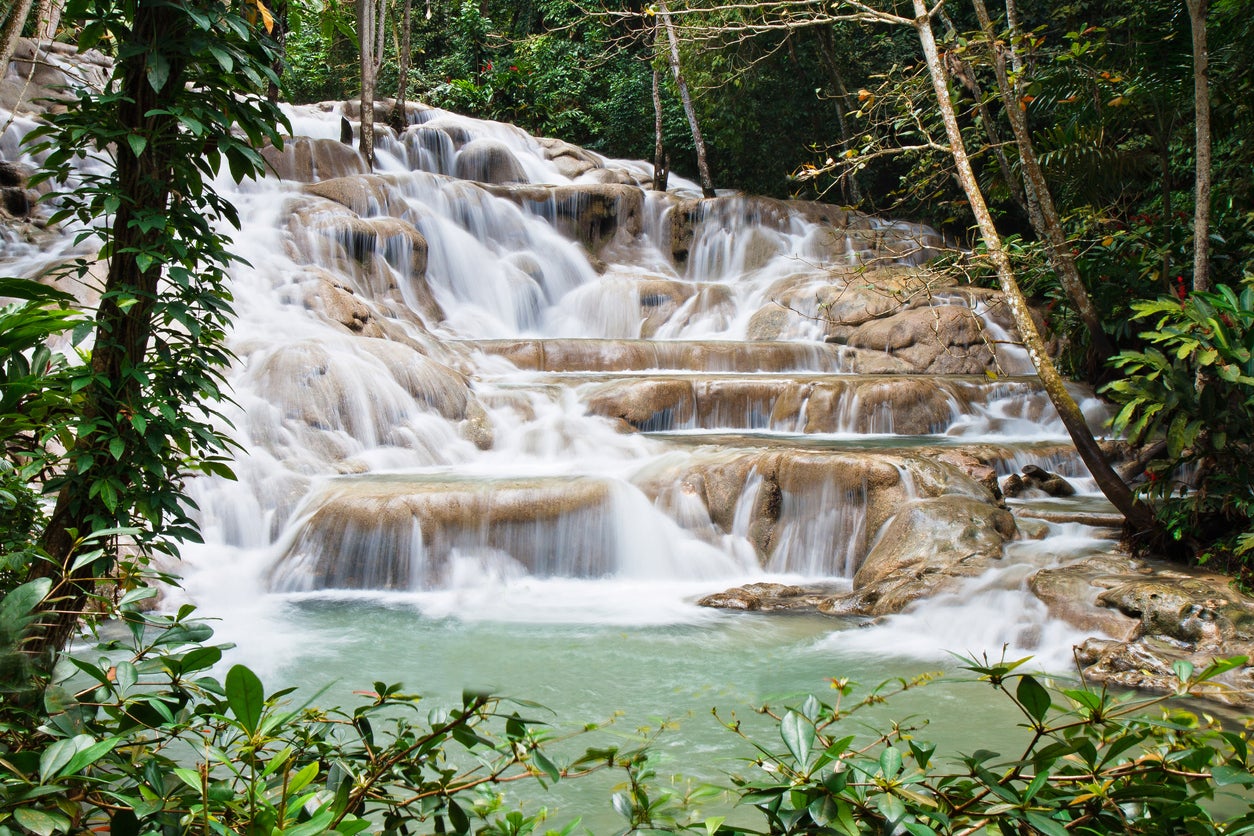
Jamaica has a wealth of waterfalls to explore, and Dunn’s River Falls is undeniably the most popular for tourists. They lie around two miles from Ocho Rios, and remain an exceptionally beautiful natural wonder despite the large number of visitors. The falls themselves are idyllic; they stand at 180 metres tall and consist of giant limestone rocks covered with several cascades and surrounded by tropical rainforest. Visitors can climb to the top, but it gets busy so aim to visit outside of peak times.
Konoko Falls is another, less grandiose option near Ocho Rios, with a similarly picturesque setting and far fewer crowds. On the east coast, Reach Falls is one of the more remote options, where swimming in emerald pools and hiking up to Mandingo Cave are both popular. Mayfield Falls are a great option for those looking to swim among achingly beautiful surroundings, as are the waters of the Ocho Rios Blue Hole, where a smaller waterfall complements the turquoise waters below.
Explore the lagoons
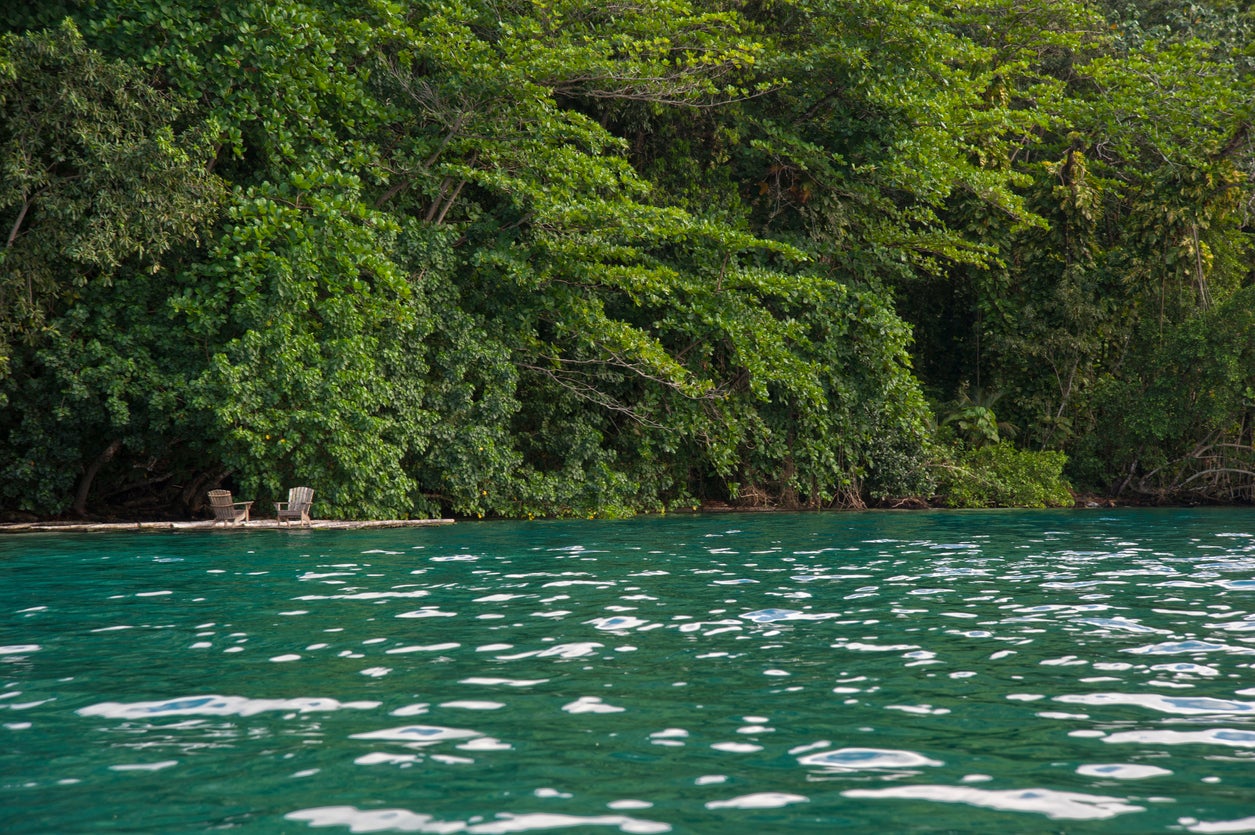
The Blue Lagoon and Luminous Lagoon are two of Jamaica’s most striking natural sites, both situated on the northern coast and sitting along different points of the Martha Brae River.
The former lies in the east, where the waters of the Martha Brae funnel through to those of the Caribbean Sea. The lagoon is 55 metres deep and changes colour regularly – between shades of blue, emerald and turquoise – thanks to the mixing of freshwater and seawater. It lies in a protected cove among cliffs and dense greenery, and offers both wild swimming and boat tour opportunities.
The Luminous Lagoon sits further west, not far from Falmouth, and was once an important location for ships arriving to Jamaica. Though surrounded more by buildings than rainforest, this lagoon has become famous due to the microorganisms called dinoflagellates that populate it. When disturbed, they produce a glowing light that makes the lagoon a striking sight (access is only via boat tours, but you can swim as part of the tour).
Hit the beach
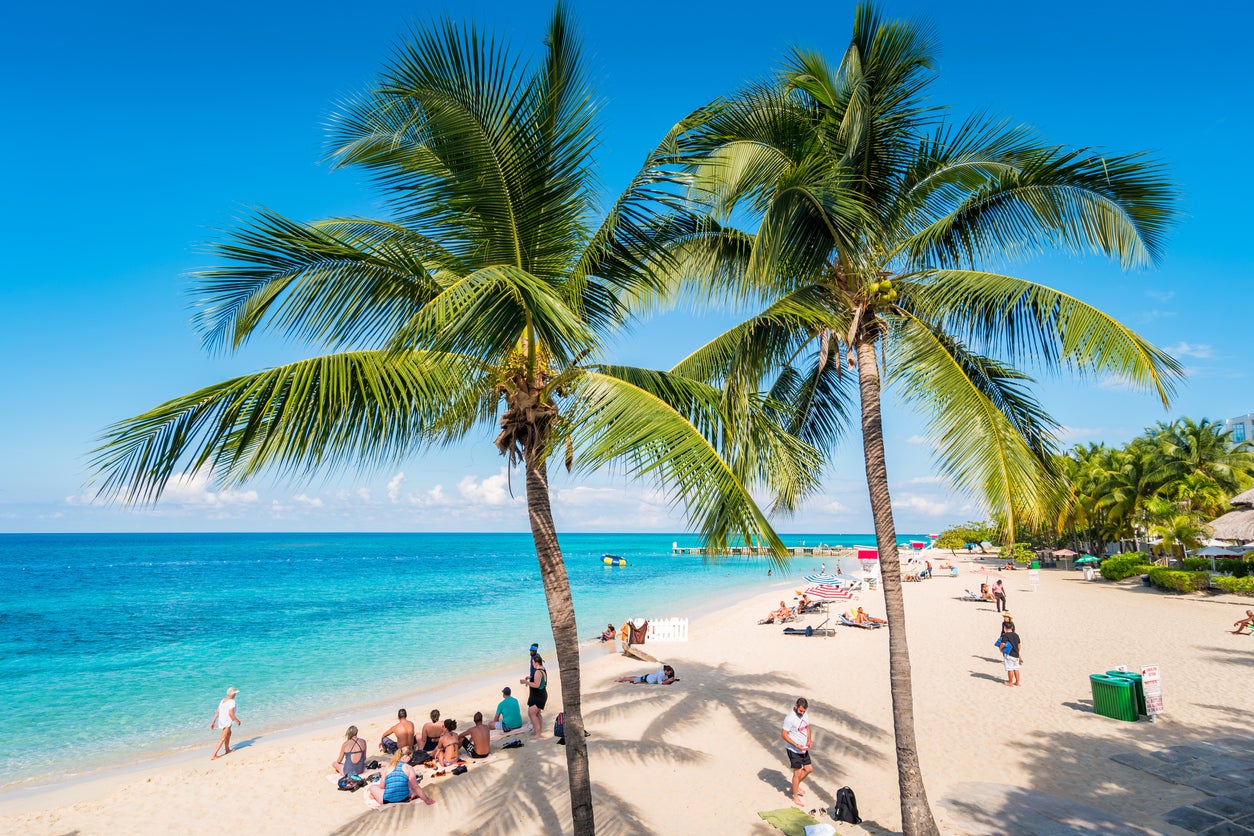
Like any Caribbean island, Jamaica is home to a slew of pristine beaches, where white sands are fringed by palm trees and lapped by the turquoise waters of the Caribbean Sea. These beaches range from beautiful secluded spots to much-loved resort areas like Montego Bay.
For something a little more private, opt for Frenchman’s Cove, Boston Bay, Lime Cay or Parrottee Beach. Areas like Half Moon Beach, Seven Mile and James Bond Beach are are little busier – with more restaurants and activities – while some of the most popular beaches on the island include Doctor’s Cave, Winnifred Beach and Reggae Beach. Ocho Rios Bay and Puerto Seco are the most popular resort beaches.
Explore Montego Bay
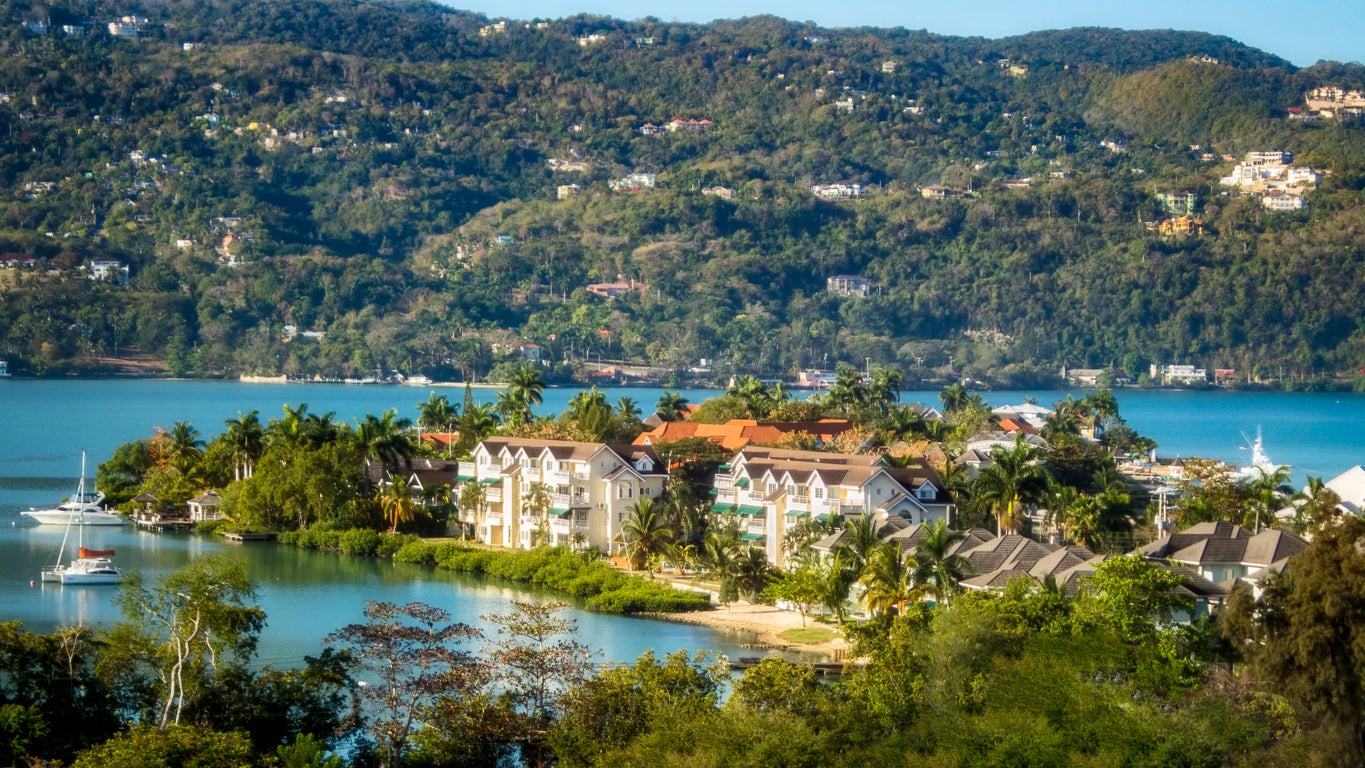
Montego Bay has formed a reputation as one of the most popular tourist destinations in Jamaica, offering luxurious accommodation options, stretches of fine white sands, lively nightlife and activities that range from water sports to hiking, golfing and enjoying the array of bars and restaurants. In reality, the city is split into two parts – the charming, if sometimes chaotic, local life of the city proper and the pristine beaches and fancy hotels of the touristy suburbs (and Ironshore in particular).
In the city, you can discover Jamaican history and culture, from the National Museum West to the Montego Bay Cultural Centre, as well as landmarks like the impressive St James Parish Church and bustling Sam Sharpe Square (slightly outside the city also lies the Indigenous Rastafarian Village). On the coast, visitors can spend days relaxing on beaches like Doctor’s Cave, enjoying a game of golf at Cinnamon Hill, hiking and rafting at Montpelier Jungle Outpost, or whiling away the afternoons and evenings with cocktails on the Hip Strip.
Like Kingston, some areas of Montego Bay are known to be dangerous, so plan a city trip carefully and avoid any known crime spots.
Take a trip on a bamboo raft
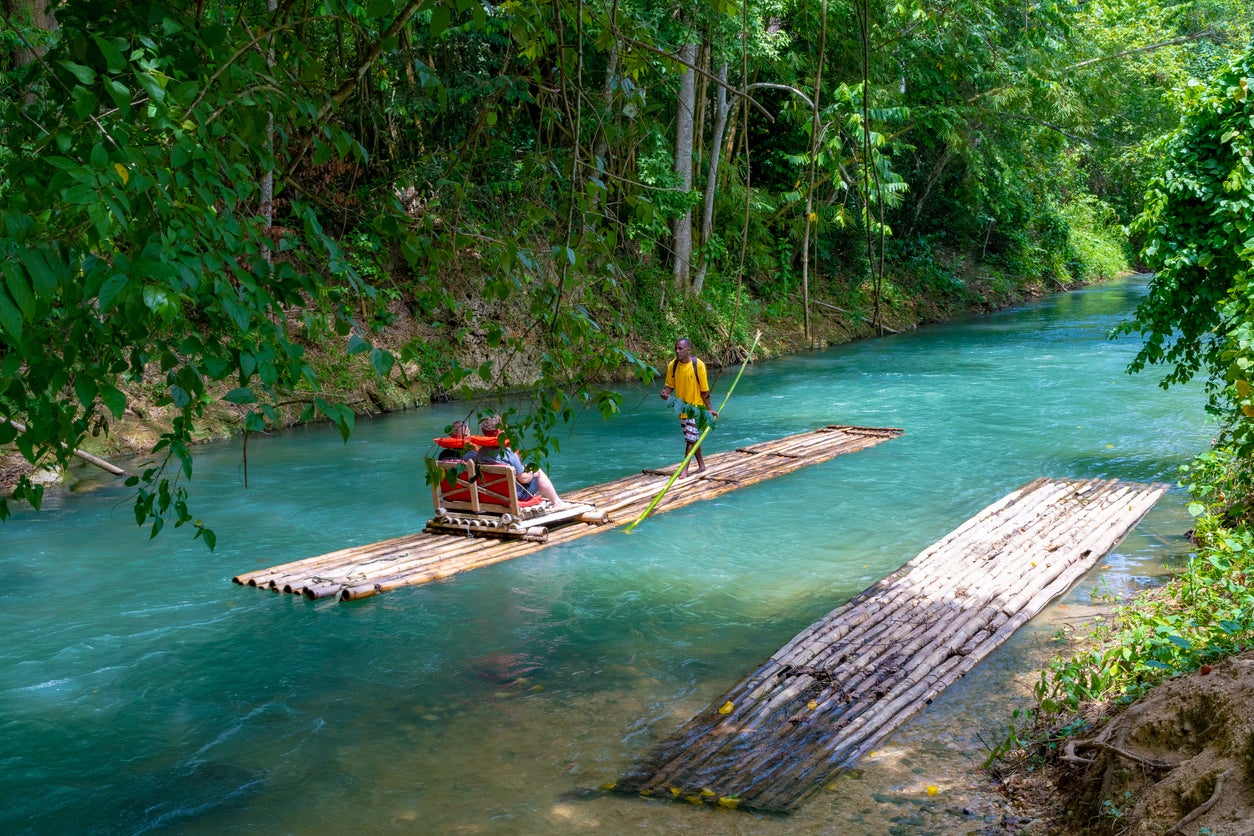
Jamaica’s answer to the gondola trips of Venice is an even more relaxing affair. These trips take place on long bamboo rafts, with two or three people at a time taken along the waters of the Rio Grande or Martha Brae River by a local guide, floating through thick rainforest and green tunnels before stopping off for optional wild swims.
Tours set off from ‘Rafter’s Village’, a horseshoe-shaped island near the town of Falmouth on the northern coast, and start from around $99 USD (£77) for a two-person trip.
Try some local delicacies
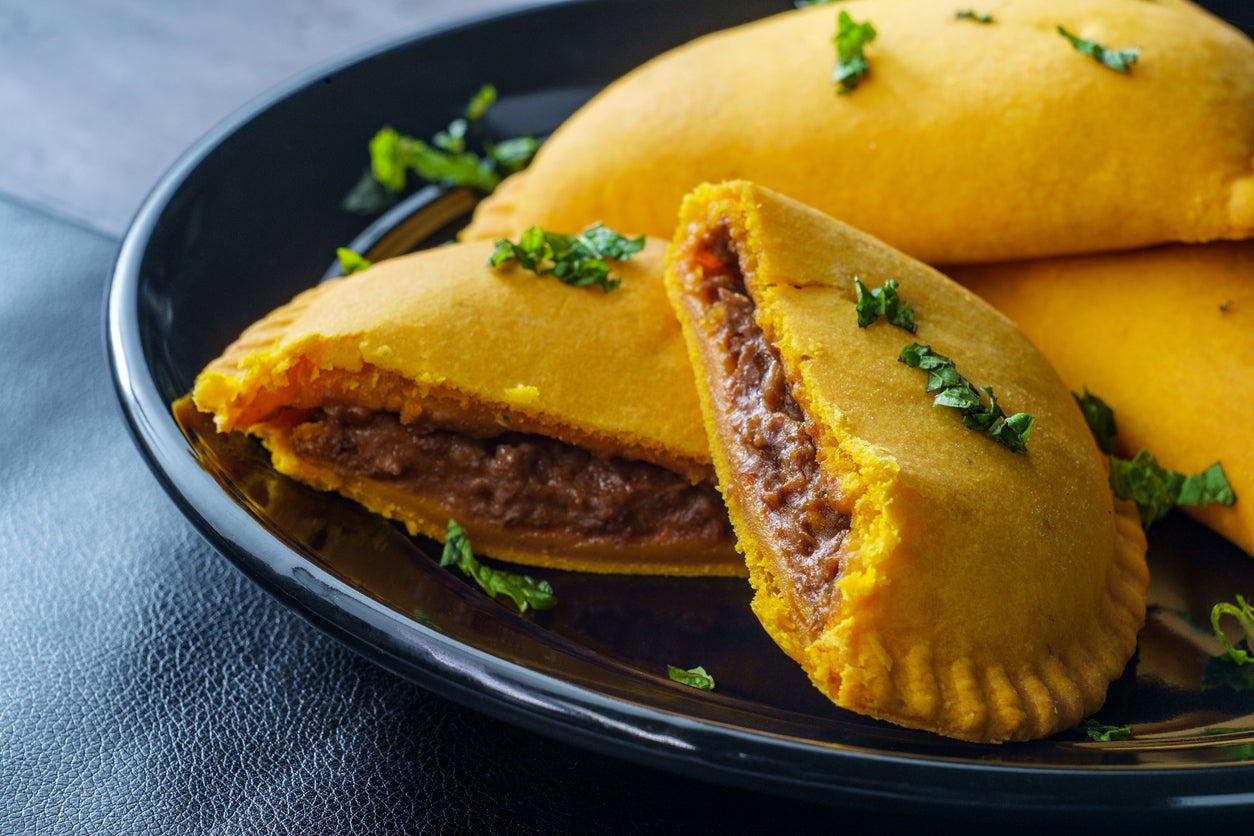
Like many other Caribbean islands, Jamaica has taken influences from several countries and regions to produce the cuisine that is seen on the island today. African, Asian and European touches have mixed with native ingredients (and those introduced from elsewhere) to produce a culinary scene as varied and unique as anywhere in the region.
Popular dishes on the island include curry goat, ackee and saltfish (a local fruit prepared with salted codfish) and variations of jerk pork (slow-cooked pork marinated in chilies, thyme, allspice and garlic), with street food dishes such as beef patties (almost like a Jamaican version of Cornish pasties) and fried dumplings also found throughout the country, from street food vendors to restaurants. Rum is the alcoholic drink of choice here, and some of the best can be sampled with a tour of the Hampden Great House Estate.
Ascend Blue Mountain Peak
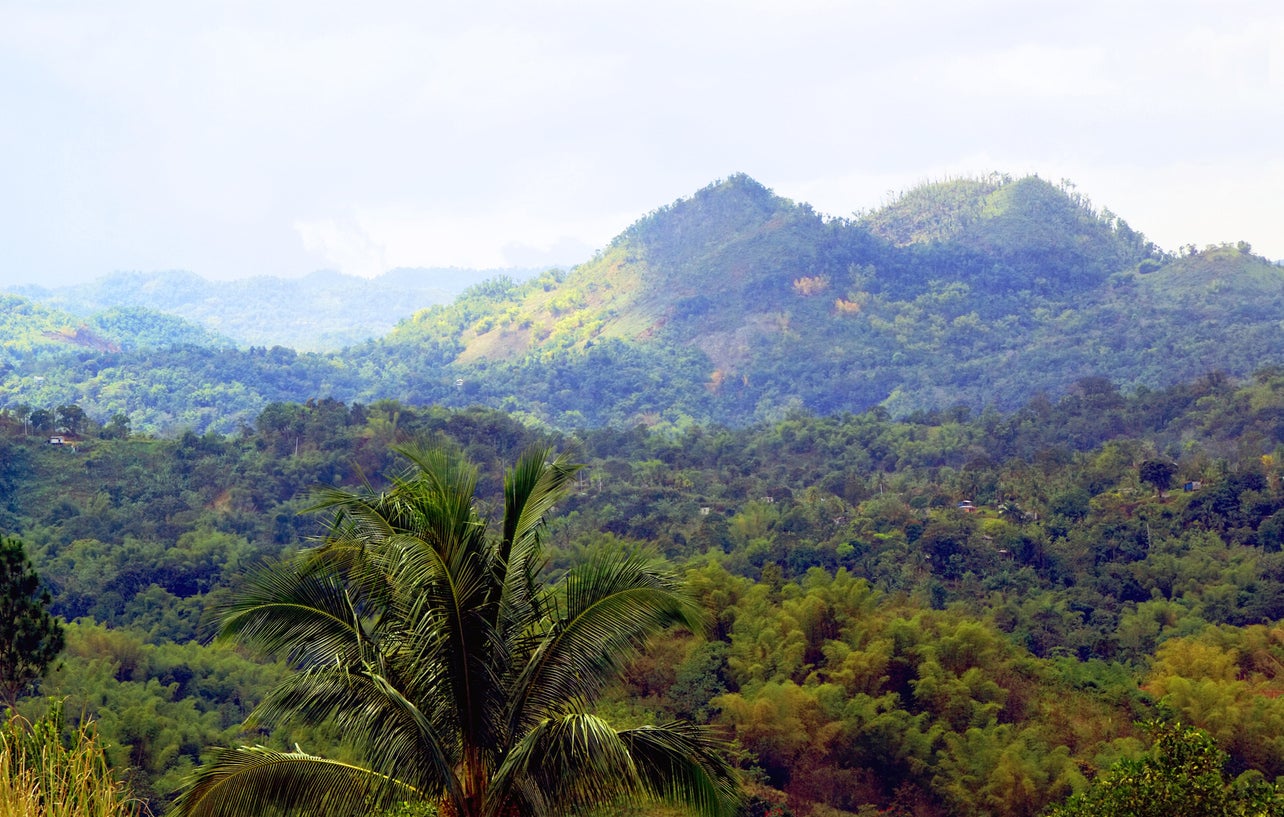
Blue Mountain Peak is Jamaica’s tallest mountain, standing at an impressive 2,256 metres tall. The ‘classic’ trail to the summit covers almost six miles over the course of around four hours – though some routes cover up to 10 miles – with many choosing to set off in the night to catch the sunrise at around 6am (a stay at Whitfield Hall allows you a later start time). Along the way you’ll pass through dense jungle vegetation that turns to pine trees and evergreens as the altitude increases, eventually giving way to a clear view the misty hills as the sun comes up.
Read our reviews of the best winter sun hotels
Join our commenting forum
Join thought-provoking conversations, follow other Independent readers and see their replies
Comments